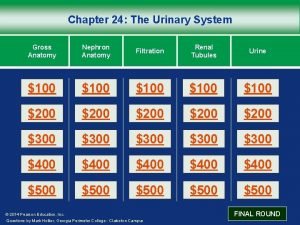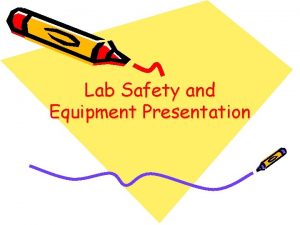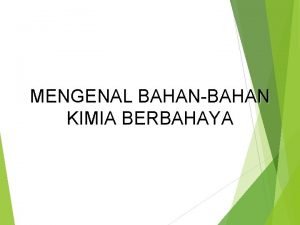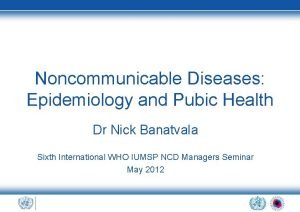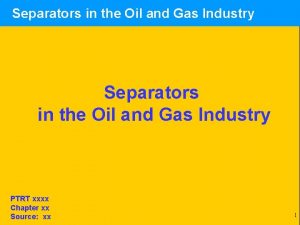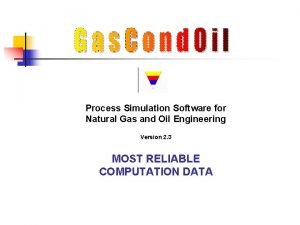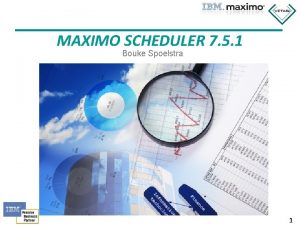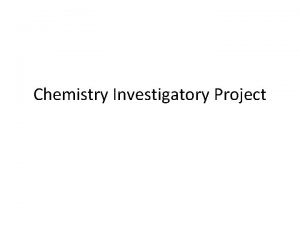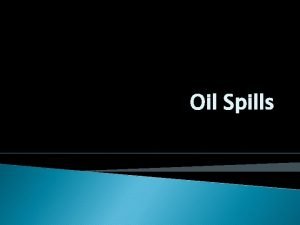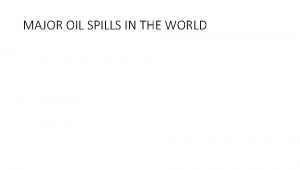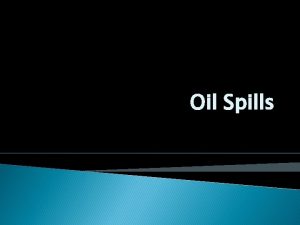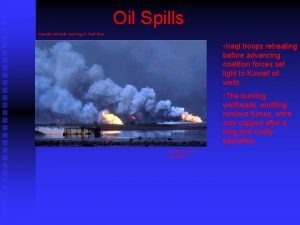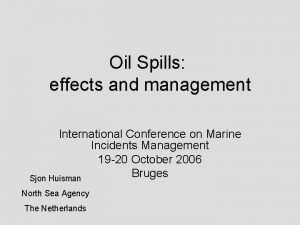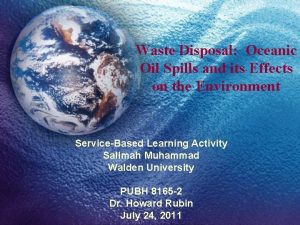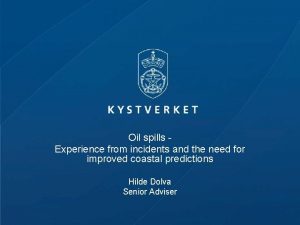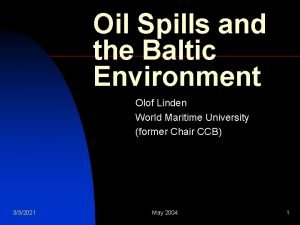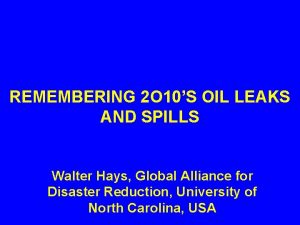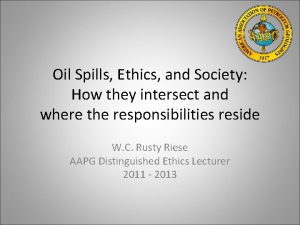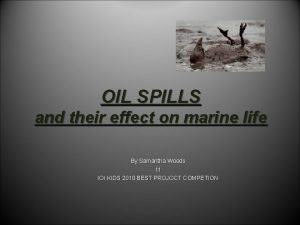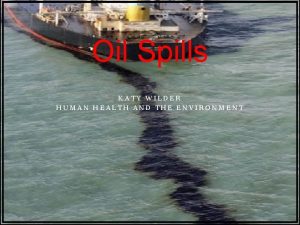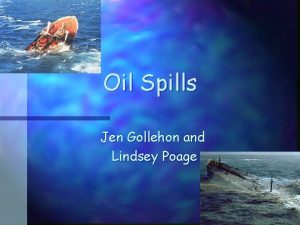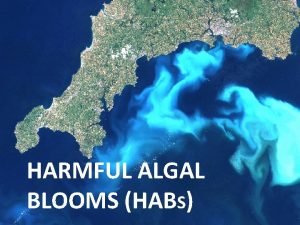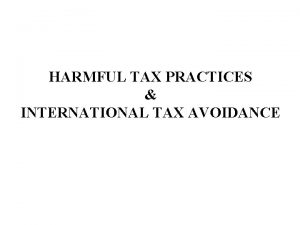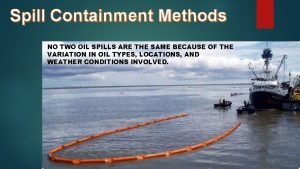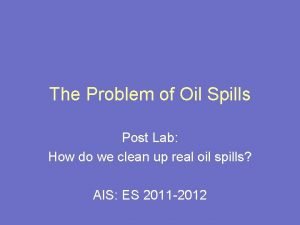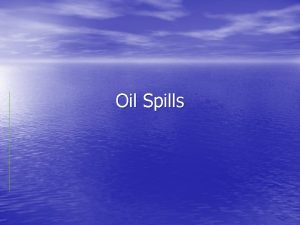Response to spills of oil and other harmful







































- Slides: 39

Response to spills of oil and other harmful substances Responding to Pollution by Oil and other Harmful Substances

Response to oil spills Importance of prevention of oil pollution • Escape of 100 tons of a light oil • Spill 2 km 2 • 90 tons within an area of 1 km 2 • 20 tons will evaporate in 24 hours • Rest of oil might emulsify increasing the quantity to 280 tons • If this quantity comes ashore around 1, 000 to 3, 000 tons of oily waste will be collected

Response to oil spills Importance of prevention of oil pollution

Response to oil spills Historical background ü Oil was known to human since ancient times. ü Primitive humans observed flames coming out of the land, especially in the Persian Gulf and the Caspian Sea regions. ü Egyptians used asphalt for mummifying the dead. ü Ancient Greek doctors Hippocrates and Galinos considered it as a valuable medicine. ü The infamous “water fire” of the Byzantines must have had oil as its main content.

Response to oil spills The complex composition of crude oil and its products • Crude oil is mainly made up of hydrocarbons with a molecular weight varying from that of methane to those of heavy molecules containing more than 80 carbon atoms. • It contains oxygen, sulfur and nitrogen compounds as well as traces of metals. • Its behavior and impact on the marine environment depend on the composition of the oil and the environmental conditions • Based on specific gravity, we classify oil into: - Light oils - Intermediate to heavy oils - Heavy oils, including residual oils and marine fuel oils.

Response to oil spills Behavior of oil into the sea – Critical factors • Specific gravity • Boiling point • Viscosity • Pour point • Flash point • Solubility • Asphaltenes content

Response to oil spills Behavior of oil into the sea

Response to oil spills Behavior of oil into the sea Evaporation • The most important process that removes oil from the sea surface. • The higher the boiling point, the faster and more extensive the evaporation • Crude oil may lose up to 40% of its volume in the firs 48 hours. • Heavy fuel oils contain few volatile compounds and usually show a low degree of evaporation

Response to oil spills Behavior of oil into the sea Evaporation of 7 tons HFO (380 c. St) in summer season

Response to oil spills Behavior of oil into the sea Evaporation of 7 tons of crude oil in winter season

Response to oil spills Behavior of oil into the sea Evaporation of 70 tons of diesel oil Evaporation of gasoline

Response to oil spills Behavior of oil into the sea Emulsification (Water-in-Oil Emulsion)

Response to oil spills Behavior of oil into the sea Emulsification (Water-in-Oil Emulsion)

Response to oil spills Behavior of oil into the sea Movement of a slick on the surface of the sea

Response to oil spills Behavior of oil into the sea Movement of a slick on the surface of the sea 2 hours simulation of a 350 tons oil spill Light Crude oil Heavy Fuel oil

Response to oil spills Permissible oil discharges from E/R

Response to oil spills SPILL PREPARDNESS AND RESPONSE - ΜΑRPOL 73/78 - OPRC’ 90/HNS 2000

Response to oil spills Spill Contingency Plans SOPEP, All ships Oil SMPEP, Tankers carrying noxious liquid substances NLS

Response to oil spills Shipboard Oil Pollution Emergency Plan Basic Elements § Reporting procedure § List of Authorities that must be notified in case of a pollution incident § Actions to be taken by the ship’s crew for mitigating or limiting pollution § Procedures for the coordination of the response operation in cooperation with national and local authorities § Training – Drills

Response to oil spills Shipboard Oil Pollution Emergency Plan

Response to oil spills Shipboard Oil Pollution Emergency Plan Steps to control the discharge - Priority actions 1. The Master’s priority will be to ensure the safety of personnel and the ship, and to take action to prevent escalation of the incident. 2. Prior to considering remedial action, the Master will need to obtain detailed information on the damage sustained by the ship. 3. Having assessed the damage sustained by the ship, the Master will be in position to decide what action should be taken to prevent or minimize further discharge

Response to oil spills Shipboard Oil Pollution Emergency Plan Mitigating Activities When the safety of both the ship and personnel has been addressed, the Master can initiate mitigating activities, having the overall responsibility for continuous monitoring and assessment of the situation and act respectively. ØAssessment and monitoring requirements ØPersonnel protection issues (protective equipment and threats to health and safety) ØContainment and other response techniques (e. g. dispersing, absorbing, neutralization) ØIsolation procedures ØDecontamination of personnel

Response to oil spills Shipboard Oil Pollution Emergency Plan Transfer of Bunker / Cargo Lightening Should the ship sustain extensive structural damage, it may be necessary to transfer all or part of the bunker oils to another ship/barge. The Plan should provide guidance on procedures to be followed for ship-to-ship transfer of cargo. It should also address the need for co-coordinating this activity with the Coastal state, as such operation may be subject to the coastal state’s jurisdiction.

Response to oil spills HELMEPA Ship’s Manual

Response to oil spills Common spill response methods Oil Booms

Response to oil spills Common spill response methods Skimmers

Response to oil spills Common spill response methods Chemical dispersants

Response to spills by other harmful substances Transport of Dangerous Cargoes – Marine Pollutants

Response to spills by other harmful substances Transport of HNS substances

Response to spills by other harmful substances Transport of chemicals in packaged form • Mont Blanc Accident, 1917

Response to spills by other harmful substances Hazards from the carriage of bulk chemicals

Response to spills by other harmful substances NLS Categorization X Major Hazard (13%, 70 substances) Y Hazard (65%, > 320 substances) Z Minor Hazard (22%, > 110 substances) OS No hazards

Response to spills by other harmful substances Permissible discharges of tank washings and dirty ballast

Response to spills by other harmful substances Properties assessed in classifying an NLS cargo

Response to spills by other harmful substances Behavior of spills

Response to spills by other harmful substances Behavior Impacts Response

Response to spills by other harmful substances SMPEP vs SOPEP SMPEP shall include all the casualties referred in SOPEP plus: • spills by noxious liquid substances, and • response practices in relation to: ü ü dangerous reactions of cargoes carried on the vessel, dangerous cargo releases, loss of tank environmental control, and cargo contamination that might lead to a hazardous condition

Response to spills by other harmful substances Accidental release of a rapidly evaporating and flammable cargo

Thank you for your attention! Questions
 Useful and harmful materials worksheets
Useful and harmful materials worksheets Instability of emulsion
Instability of emulsion A cook uses a cleaning towel to wipe up spills
A cook uses a cleaning towel to wipe up spills When glucose spills over into the urine, it has
When glucose spills over into the urine, it has Spills
Spills Spills
Spills Natural and forced response
Natural and forced response Natural response circuit
Natural response circuit Primary immune response and secondary immune response
Primary immune response and secondary immune response Self-initiated other-repair
Self-initiated other-repair Useful and harmful microbes
Useful and harmful microbes Are microorganisms helpful or harmful
Are microorganisms helpful or harmful Harmful microorganisms
Harmful microorganisms Any harmful material that enters the biosphere is a
Any harmful material that enters the biosphere is a An extreme harmful eating behavior
An extreme harmful eating behavior It traps heat shields the surface from harmful radiation
It traps heat shields the surface from harmful radiation Contoh bahan harmful irritant
Contoh bahan harmful irritant Harmful effects of weeds
Harmful effects of weeds History of child beauty pageants
History of child beauty pageants Harmful backwash example
Harmful backwash example Harmful use
Harmful use Listening
Listening Chocolate milk: more harmful than healthful
Chocolate milk: more harmful than healthful Harmful use
Harmful use Harmful use
Harmful use Chapter 11 managing weight and eating behaviors
Chapter 11 managing weight and eating behaviors North dakota null hypothesis brain inventory
North dakota null hypothesis brain inventory Pros cons fracking
Pros cons fracking Advantages and disadvantages of palm oil
Advantages and disadvantages of palm oil Types of separators in oil and gas industry
Types of separators in oil and gas industry Scott can industries
Scott can industries Process simulation software in oil gas market
Process simulation software in oil gas market [email protected]
[email protected] Maximo oil and gas scheduler
Maximo oil and gas scheduler Maximo for oil and gas
Maximo for oil and gas Madagascar oil and gas
Madagascar oil and gas Deloitte oil and gas outlook
Deloitte oil and gas outlook Dubai before and after oil
Dubai before and after oil Hitachi vantara oil and gas
Hitachi vantara oil and gas Conclusion of food adulteration project
Conclusion of food adulteration project



